“Love in the classroom prepares teachers and students to open our minds and hearts. It is the foundation on which every learning community can be created.” bell hooks
As a dancer I believe my body speaks, as a choreographer I believe my body communicates, and as a teacher I believe my body, and the bodies of my students, are vehicles for not only a culturally diverse creative art form, but also for building a socially sensitive and communally aware worldview. As a teacher I believe in inspiring wonder and in fostering love in the form of genuine respect for all voices, all ideas, and all bodies.
From a student of mine in 2015:
This instructor really embodies a pedagogy that considers learning classroom material to be intertwined in real life. And so I have learned to see with renewed eyes my past and present.
Our bodies are wise. Our movements were our primary language, and paved the way for our brains to think. Connecting our bodies to our learning affirms an holistic view of education, and allows for a more humane way of being with each other. Often in the beginning of a class I will give an assignment which asks the student to come into class with a phrase that is uniquely them, or any movement experience that makes them feel alive. This opens the gates right away to the students’ center of knowing in themselves, and engenders a level of honesty and openness that leads towards transformative education.
We need to dance. We were born to dance. Dancing makes us smarter – this from a Stanford University study on dancing and aging. Dancing keeps us actively engaged in all ways. Dancing is authentic, holistic education. Dancing has been called a “highly active attention to possibilities.” (Richard Powers)
Just having dance in the schools creates an immediacy of knowing, an accessibility of community understanding, and a chance to awaken parts of our beings that can lie dormant in a world that has created a divide between brain and body. Teaching dance teachers to investigate knowledge and transform our educational system through the use of the body fosters future leaders who can hold an embodied vision of equal access, holistic learning, and a socially just world. As a teacher, I hope to nurture these future leaders, and with that, in my own small way, help heal the world.
